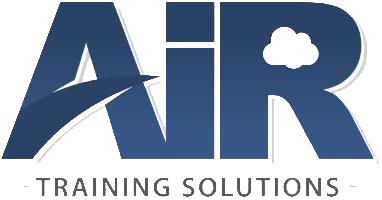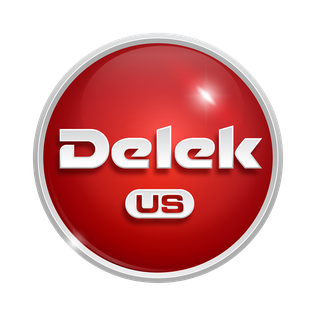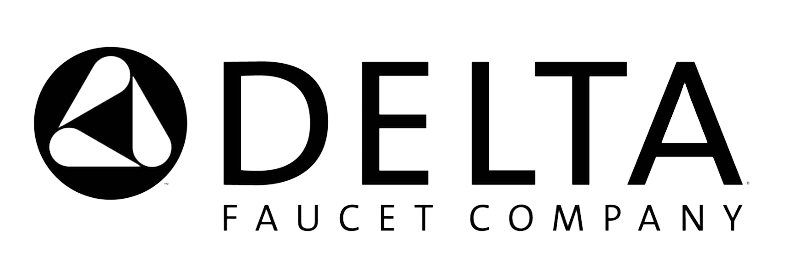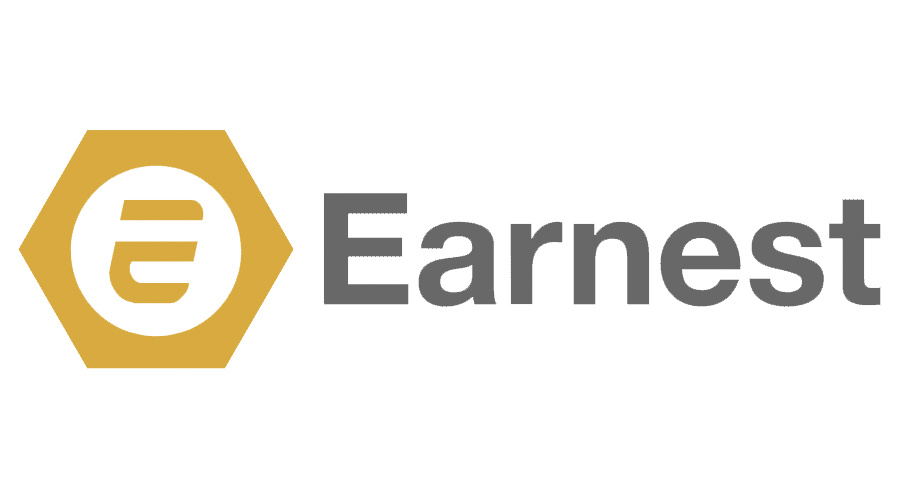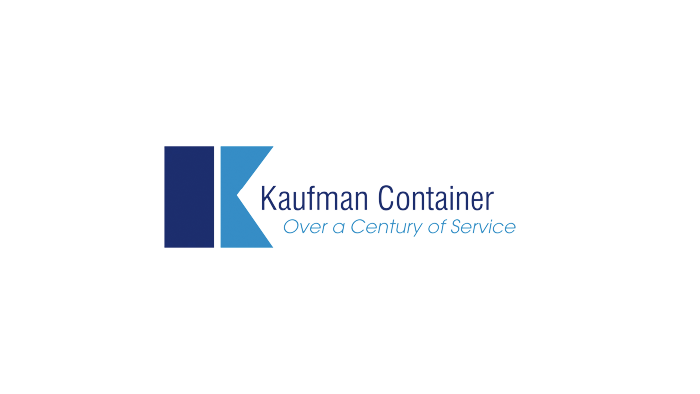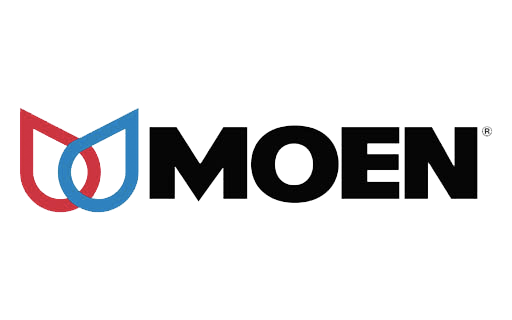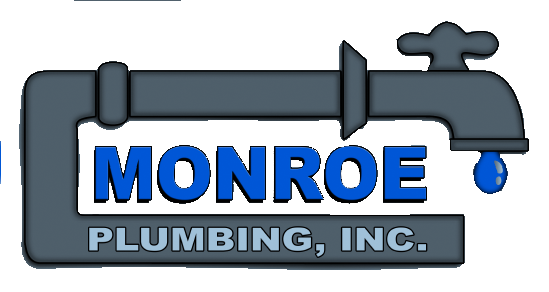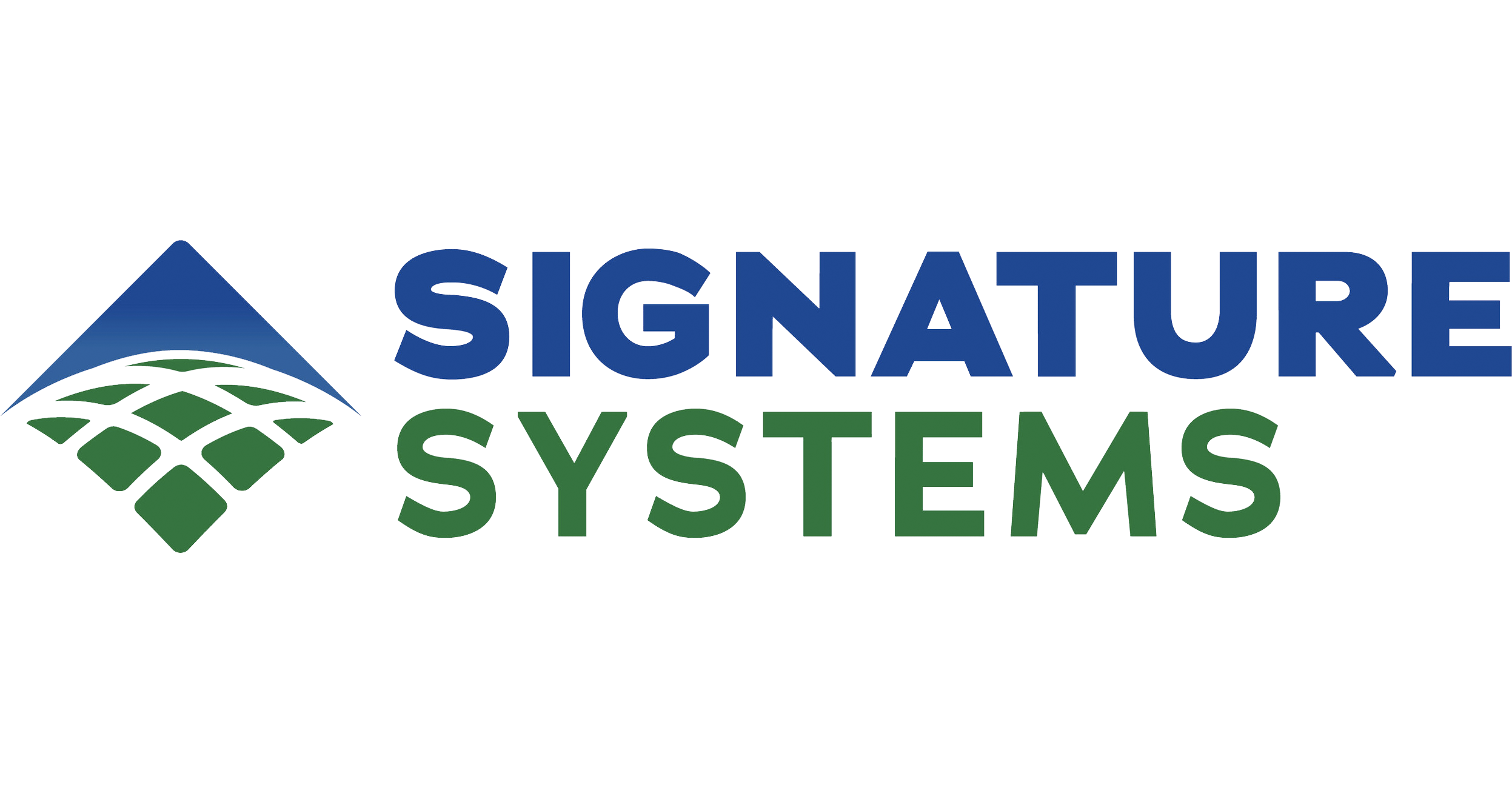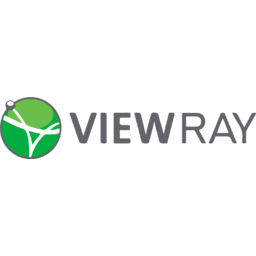Key Trends Shaping the Software Industry in 2024
In today’s rapidly evolving landscape of software development, staying ahead of the curve is crucial for success. As breakthrough technologies like AI, cloud computing, and blockchain reshape industries, developers, businesses, and consumers are seeking insights into the latest trends and tools that can drive innovation. At MorelandConnect, we understand the importance of staying at the forefront of innovation, which is why our full stack development team works across every industry to deliver the best software solutions for our clients and their end users. In this guide, we will explore some of the key trends that are shaping the software industry in 2024, with a focus on streamlining workflows through the adoption of DevOps and Continuous Integration/Continuous Deployment (CI/CD) practices. By embracing these methodologies, businesses can automate the integration, testing, and deployment of software, minimizing errors, accelerating time to market, and fostering collaboration among development, operations, and quality assurance teams. Additionally, we will delve into other emerging trends such as AI-powered software solutions, cloud-native architecture, blockchain integration, low-code/no-code development, and the rise of Progressive Web Apps (PWAs). By understanding and harnessing the power of these trends, businesses can unlock innovation, drive efficiency, and deliver exceptional software solutions that cater to the needs of the modern world. Get in touch with us today to find out how MorelandConnect can help you navigate these trends and stay ahead in the competitive landscape of 2024.
Streamlining Workflows: An Introduction to DevOps and CI/CD
The Importance of Up-to-Date Practices in Software Development
In the world of software development, adopting up-to-date practices is not just about keeping pace with current trends; it’s a necessity for survival and success. The speed at which technology evolves demands a framework that can handle continuous change and improvement. Practices like DevOps and CI/CD are pivotal in creating an environment where software can be developed, tested, and released swiftly and with greater assurance of quality.
These methodologies focus on shortening the software development life cycle, enhancing the collaboration between developers and operations teams, and automating repetitive tasks. This results in a more efficient pipeline, where feedback is rapid and issues are addressed in real-time, significantly reducing the go-to-market time for new features and updates. For businesses, staying current with these practices means being able to respond to market demands quickly, a competitive edge that is invaluable in today’s fast-paced digital landscape.
Understanding DevOps and CI/CD
DevOps is a cultural and professional movement that emphasizes collaboration and communication between software developers and IT professionals while automating the process of software delivery and infrastructure changes. It aims to build, test, and release software more rapidly and reliably.
Continuous Integration (CI) is a DevOps practice where developers regularly merge their code changes into a central repository, after which automated builds and tests are run. The key goals of CI are to find and address bugs quicker, improve software quality, and reduce the time it takes to validate and release new software updates.
Continuous Deployment (CD) goes a step further by automatically deploying all code changes to a testing or production environment after the build stage. This means that apart from the automated testing, the release process is also automated, enabling a seamless flow from the development to the end-users. Adopting CI/CD not only streamlines workflows but also fosters a culture of continuous improvement, essential for staying competitive in the software industry.
Embracing AI and Cloud Technology
AI-Powered Software Solutions: The Future of Industries
Artificial Intelligence (AI) is revolutionizing the way industries operate by enabling smarter, more efficient software solutions. AI’s ability to analyze large volumes of data and learn from it allows for the creation of systems that can predict outcomes, automate complex processes, and make data-driven decisions. As AI technology continues to advance, its integration into software solutions is becoming a standard that can significantly enhance the capabilities of businesses across all sectors.
From healthcare, where AI is used for personalized medicine and early diagnosis, to finance, where it’s employed to detect fraud and automate trading, AI-powered software is at the forefront of innovation. Moreover, AI is crucial for the development of intelligent customer service bots, personalized marketing campaigns, and advanced cybersecurity measures. By leveraging AI, companies can not only streamline their operations but also gain insights that lead to better products and services for their customers.
Cloud-native Architecture: Advancing Scalability and Efficiency
Cloud-native architecture represents a modern approach to building and running applications that fully exploit the advantages of the cloud computing model. This architecture is designed to promote scalability and flexibility, allowing businesses to respond rapidly to market changes and customer demands. By structuring applications as a collection of microservices, cloud-native design enables individual parts of an application to be scaled or updated independently, without disrupting the entire system.
Implementing a cloud-native strategy often involves using containerization, orchestration, and dynamic management. Containers provide a lightweight, consistent environment for applications to run, while orchestration tools, like Kubernetes, manage these containers effectively. This leads to improved resource utilization and a faster pace of innovation. For companies looking to boost efficiency and accelerate growth, adopting a cloud-native architecture is becoming essential. It not only reduces the complexity of operations but also supports a continuous delivery model for software deployment.
Securing and Scaling Your Applications with Blockchain
Blockchain Integration: Reinforcing Transparency and Security
Blockchain technology is increasingly being recognized for its potential to reinforce transparency and security in various applications. At its core, blockchain is a distributed ledger technology that ensures data integrity by recording transactions in an immutable manner across a network of computers. This makes it nearly impossible to alter records retroactively, thereby enhancing trust among users.
Integrating blockchain into software solutions can transform industries like supply chain management, where it provides clear provenance of goods and minimizes fraud. In finance, blockchain’s secure transactions and audit trails are creating new standards for transparency and efficiency. The use of smart contracts—self-executing contracts with the terms of the agreement directly written into code—further automates processes and reduces the need for intermediaries.
For companies that prioritize data security and integrity, blockchain offers a robust framework that not only secures data against tampering but also opens up new avenues for innovation through its decentralized nature.
Decentralized Authentication and Immutable Data Storage with Blockchain
Blockchain’s decentralized nature offers a significant advantage when it comes to authentication and data storage. By distributing data across a network, blockchain eliminates single points of failure, making data more secure and less susceptible to attacks. Decentralized authentication, on the other hand, empowers users to control their identity and credentials without relying on a central authority, thereby enhancing privacy and security.
Immutable data storage is another critical aspect of blockchain that ensures once data is entered, it cannot be altered. This is particularly beneficial for legal, medical, and government sectors where the integrity of records is paramount. Such immutability also enables full traceability of transactions or data changes, making it easier to audit and comply with regulations.
For businesses, integrating blockchain means not just adopting a technology but moving towards a more secure, transparent, and efficient way of managing data and transactions, which is crucial in an era where data breaches are becoming increasingly common.
The Power of No-Code and Low-Code Development
Empowering Citizen Developers: The Rise of No-code/Low-code Platforms
The rise of no-code and low-code platforms is a game-changing trend that’s enabling a much wider pool of individuals, often referred to as citizen developers, to create and deploy applications. These platforms provide intuitive, drag-and-drop interfaces that abstract and minimize the complexity of traditional coding. This democratization of development empowers non-technical users to build functional applications for business processes, data analysis, and automation, without the need for in-depth programming knowledge.
No-code/low-code platforms are not just about ease of use; they’re also about speed. They enable rapid prototyping and iteration, reducing development cycles from months to just days or hours. This agility allows businesses to respond quickly to market changes and user feedback. As these platforms continue to mature, they’re expected to play a crucial role in digital transformation initiatives, allowing companies to innovate and adapt at an unprecedented pace.
The Impact of No-code/Low-code Development on Cross-Functional Collaboration
No-code and low-code development platforms have a profound impact on cross-functional collaboration within organizations. By lowering the technical barriers to software development, these platforms allow team members from various departments, such as marketing, sales, and operations, to participate directly in the application development process. This collaboration leads to more aligned end-products that truly address the specific needs of each business unit.
Furthermore, these platforms facilitate communication between the IT department and other stakeholders. Since non-technical users can now construct prototypes and express their requirements visually, there is less room for misinterpretation. IT professionals can then focus on more complex tasks, governance, and ensuring that the solutions scale effectively and securely within the company’s architecture.
Overall, no-code/low-code development fosters an inclusive environment where every employee can contribute to innovation, driving the organization forward with applications that are finely tuned to support and enhance business processes.
Enhancing User Experience with Progressive Web Apps (PWAs)
Building a Bridge between Web and Mobile with PWAs
Progressive Web Apps (PWAs) are at the forefront of bridging the gap between web experiences and mobile applications. They combine the best of both worlds: the wide reach of the web and the rich user experience of mobile apps. PWAs are designed to work on any platform that uses a standards-compliant browser, including both desktop and mobile devices.
One of the key strengths of PWAs is their ability to provide an app-like experience – offline capabilities, background syncing, and push notifications – without requiring users to download a traditional app. This not only simplifies the user’s interaction but also reduces the barrier to entry, as PWAs are discoverable through search engines and can be easily shared via a URL.
For businesses, PWAs present a cost-effective solution to improve user engagement and increase conversion rates. By offering a seamless transition from web to mobile, companies can ensure a consistent and compelling user experience regardless of the device.
Enhancing Accessibility and User Experience with PWAs
Progressive Web Apps (PWAs) have a significant role in enhancing accessibility and user experience. They are designed to work on any device with a standard web browser, offering a level of performance and user engagement that was previously exclusive to native apps. PWAs are inherently responsive, ensuring that the application fits well on a variety of screen sizes and orientations, improving the user experience across devices.
Accessibility is also a key benefit of PWAs. Since they’re built using web standards, they can leverage the accessibility features inherent in web browsers, which are continually improving. This makes it easier to create apps that can be used by people with disabilities, complying with the Web Content Accessibility Guidelines (WCAG).
For businesses, the improved user experience and accessibility of PWAs can lead to higher user satisfaction and retention rates. As the web continues to evolve, PWAs are becoming an essential tool for businesses to offer an inclusive, accessible, and engaging digital presence.



